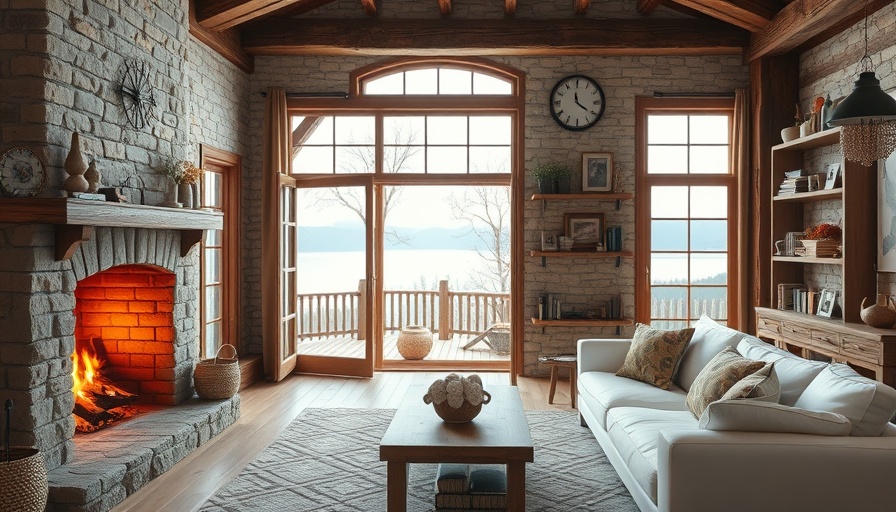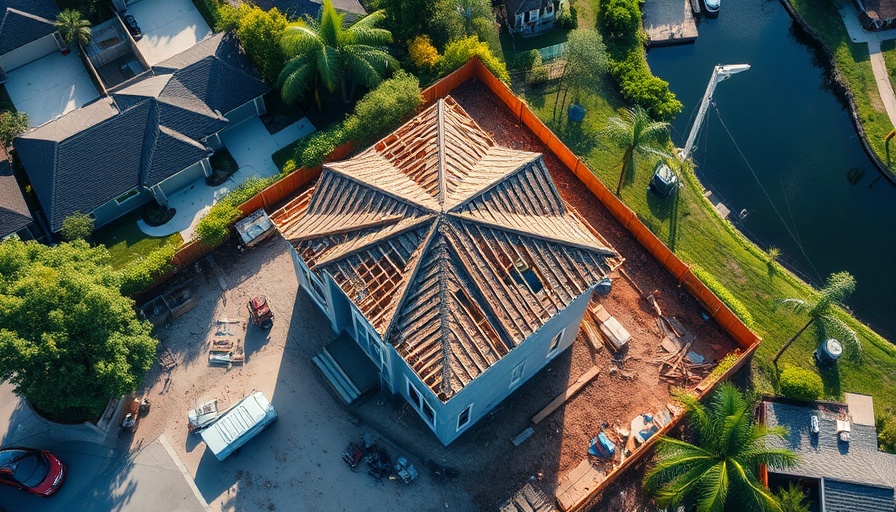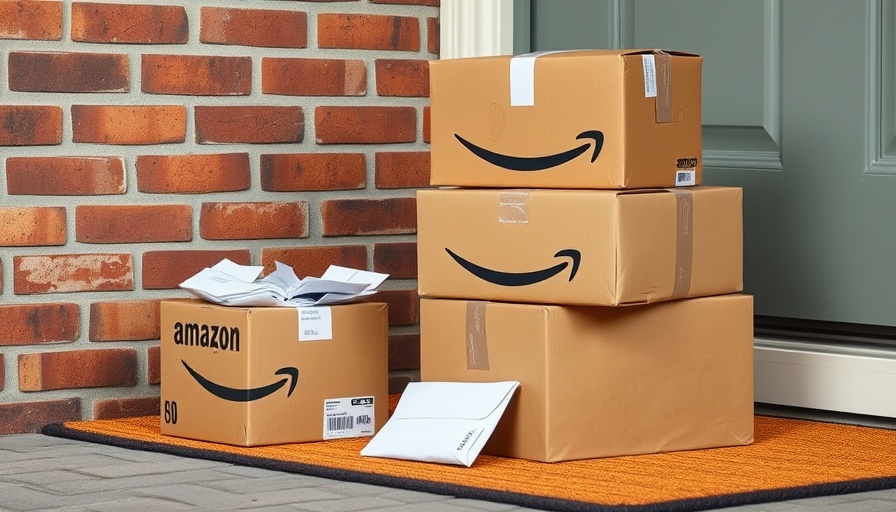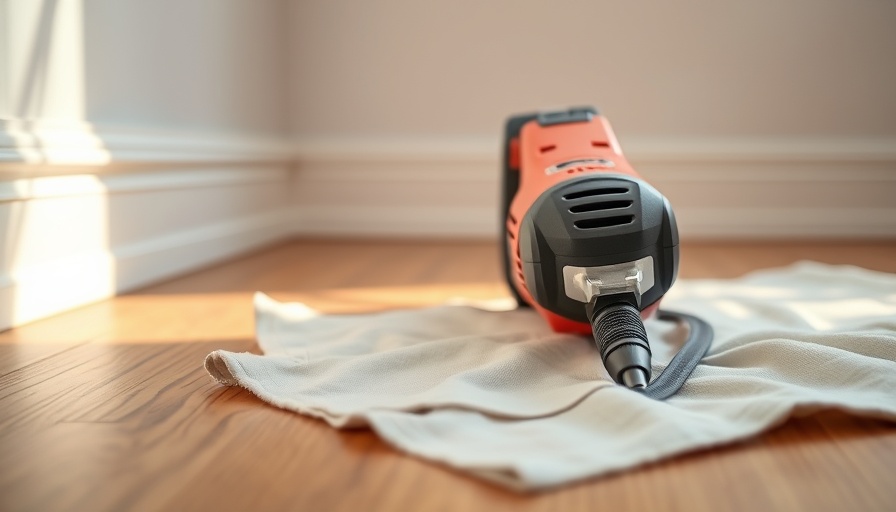
What Makes a Good House? The Fireplace Dilemma
In the realm of home design, the question of whether a house is complete without a fireplace incites passionate debates among architects, builders, and homeowners alike. Fireplaces have been traditional focal points in homes for centuries, associated with warmth, comfort, and cozy gatherings. But do they still hold the same value in modern home design? In exploring this topic, we dive into the elements that define a 'pretty good house' while considering the allure and practicality of incorporating a fireplace.
Functionality Meets Aesthetic Appeal
One core consideration when discussing fireplaces in homes is their dual role in functionality and aesthetics. From an aesthetic perspective, fireplaces can serve as a stunning centerpiece for living rooms. They create an inviting atmosphere that encourages social interaction and connection. However, with advances in heating technology and home insulation, homeowners are often questioning the practicality of installing traditional wood-burning fireplaces.
Moreover, contemporary homes often embrace open floor plans, which can sometimes render traditional fireplaces less effective for heat distribution. Homeowners and contractors need to weigh the cost of installation, maintenance, and the potential impact on the overall energy efficiency of the home against the emotional benefits a fireplace might provide.
Alternative Heating Solutions and Trends
With the rise of energy-efficient heating systems, many homeowners are drawn to alternatives such as electric, gas logs, or pellet stoves. These alternatives often provide heat without the same maintenance efforts associated with traditional wood-burning systems. The advent of stylish electric fireplaces means homeowners can still enjoy the visual aspect of flame without the need for a chimney, wood storage, or significant space.
Beyond practicality, many homeowners are also considering eco-friendly options. Modern technology in heating and design reflects a shift towards sustainability, encouraging homeowners to invest in solutions that are both beautiful and environmentally conscious. It's increasingly common to see homes equipped with energy-efficient systems that meet the aesthetic advantages once captured solely by traditional fireplaces.
Case Studies: Distinct Spaces Without Fireplaces
Looking at successful homes that operate without traditional fireplaces reveals more than just a trend; it demonstrates that thoughtful design and innovative heating can replace the classic fireplace scenario. For instance, a home designed around large, south-facing windows may harness natural sunlight for warmth and ambiance, reducing the need for additional heat sources while enhancing the scenic views.
Additionally, certain geographical areas where winters are milder might naturally lead to lesser standardization of fireplaces as essential fixtures within homes. The customization of homes driven by climate, personal need, and lifestyle is increasingly evident in today's housing market.
Community Perspectives: A Balancing Act
It's important to understand the diverse perspectives in the home design community. Some appreciate the tradition and emotional warmth brought by a fireplace, while others prioritize energy efficiency and environmental impact. This balance between personal preference and contemporary practices shapes the discourse on fireplaces and their place in the modern home. The conversation evolving around this topic invites contractors and homeowners to think beyond the traditional models and to innovate to meet current demands.
Final Thoughts: Designing Your Dream Home
When contemplating the role of a fireplace in your future home, consider enticing both space and function harmoniously. Engage with your contractor about the innovations available today that can provide warmth, elegance, and character without the commitment of traditional fireplace features. In doing so, you allow yourself the potential for creative expression while ensuring your home meets modern expectations of efficiency and style.
Ultimately, whether you choose to install a traditional fireplace or embrace modern solutions, the goal is a home that reflects your values and meets your lifestyle needs. Make informed decisions with your contractor that align with the vision you have for your home, ensuring it truly is a 'pretty good house' in every sense.
 Add Row
Add Row  Add
Add 




Write A Comment